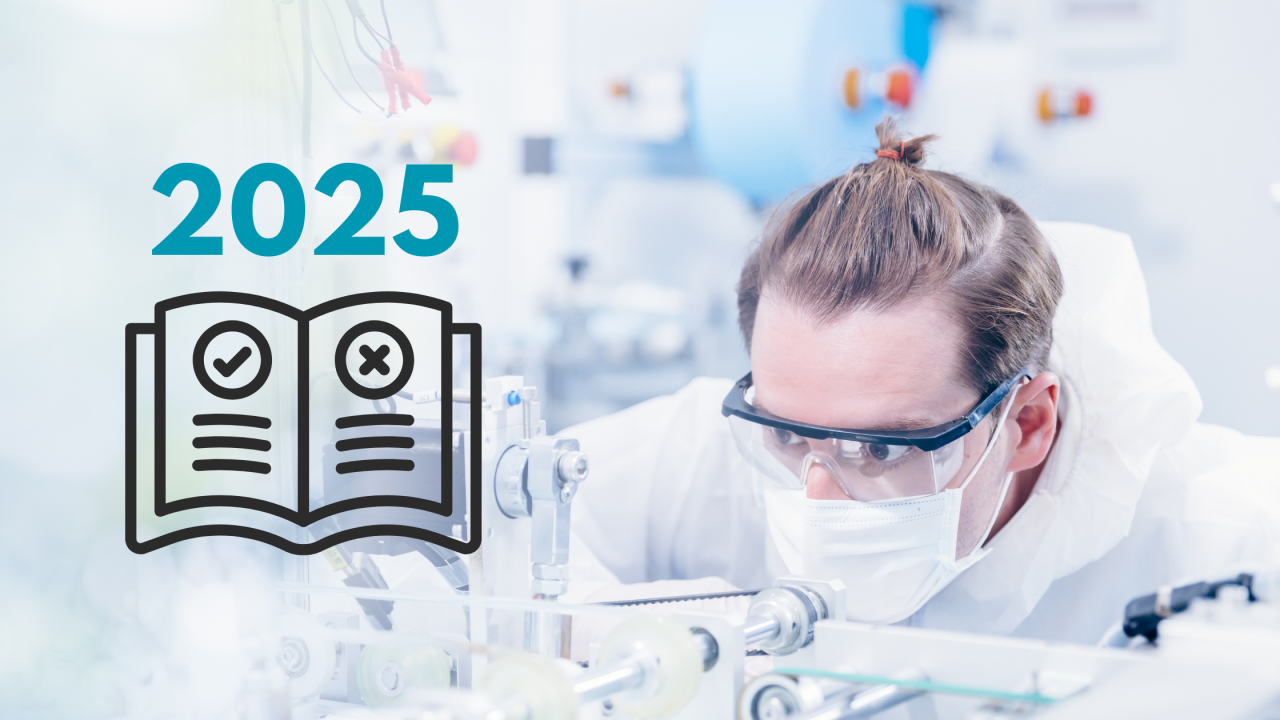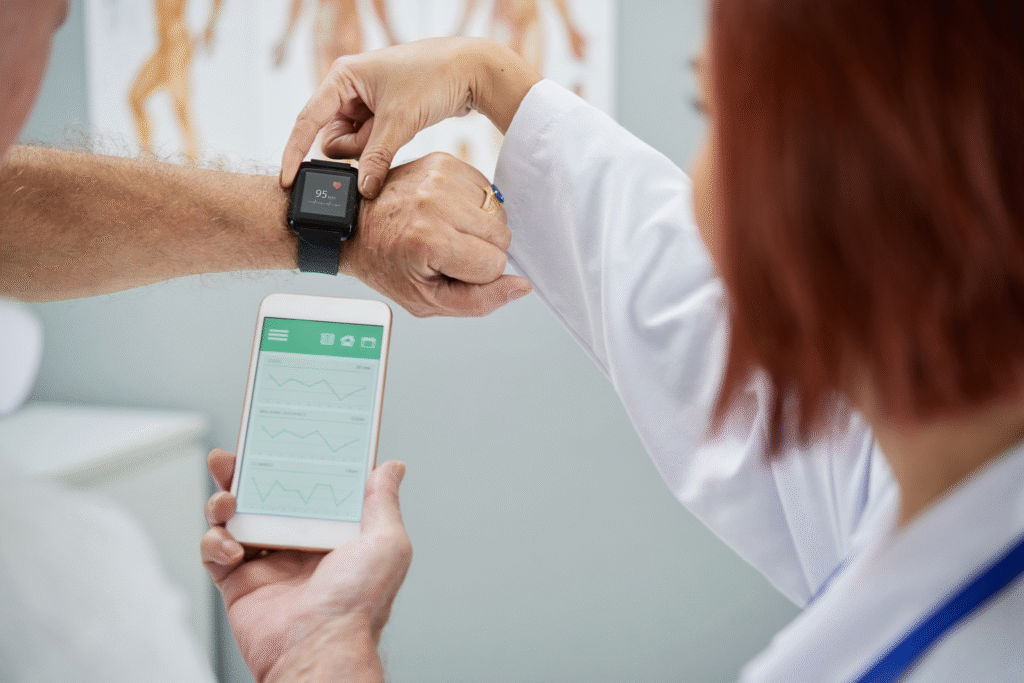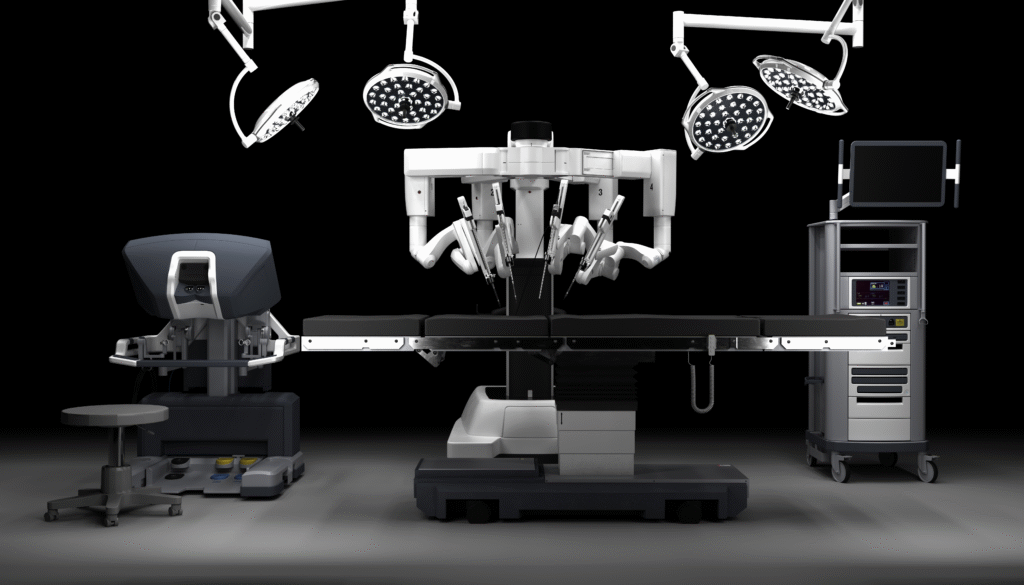Now Reading: New Medical Device Updates You Must Know in 2025
-
01
New Medical Device Updates You Must Know in 2025
New Medical Device Updates You Must Know in 2025

Table of Contents
The world of medical devices is evolving rapidly, and 2025 has already seen some major updates that could change how we experience healthcare. From smarter wearables to AI-powered diagnostic tools, these innovations are not only helping doctors treat patients better but are also improving early diagnosis, surgery success, and chronic disease management.
In this article, we break down the latest updates in medical devices in simple terms making it easy for patients, healthcare professionals, and curious readers to stay informed.
Why Medical Device Updates Matter in 2025
Medical devices are tools or machines used to diagnose, prevent, or treat diseases. They range from simple devices like thermometers and blood pressure monitors to complex ones like MRI machines and robotic surgical tools.
As technology gets better, so do these devices. Updates in 2025 are focused on improving patient outcomes, lowering treatment costs, and offering faster, more accurate results.
1. Artificial Intelligence (AI) Is Powering Smarter Devices

One of the biggest changes this year is the integration of artificial intelligence into medical equipment. AI is now being used in imaging devices to detect diseases like cancer, brain disorders, and heart problems often faster than traditional methods.
For example:
- AI-powered MRI scanners are reducing scan times by nearly 40% while increasing image clarity.
- Devices using machine learning can now identify early signs of diseases such as Alzheimer’s and Parkinson’s with higher accuracy.
These improvements mean earlier diagnoses, less waiting time, and better chances of treatment success.
2. Wearable Medical Devices Are Getting More Accurate

Wearables like smartwatches and fitness bands are no longer just for tracking steps or sleep. In 2025, they’ve become vital tools in healthcare.
New features include:
- Real-time glucose monitoring for diabetic patients without finger pricks.
- Advanced ECG and blood pressure monitoring integrated into lightweight, comfortable bands.
- Continuous oxygen level and respiratory tracking, especially helpful for people with asthma, COPD, or recovering from COVID-19.
Doctors can now monitor patients remotely, reducing hospital visits and improving care for those in rural or remote areas.
3. Robotic Surgery Systems See Major Upgrades

Robotic-assisted surgeries have been around for a while, but 2025 has brought several key updates:
- Smaller, more flexible robotic arms now allow for more precise movements.
- Better camera systems offer real-time, 3D views of internal organs.
- AI integration helps the surgeon by suggesting movements and alerting them to potential risks.
These upgrades mean faster surgeries, fewer complications, and shorter recovery times for patients.
4. Smart Implants and Prosthetics Revolutionizing Rehabilitation

For patients who’ve lost limbs or undergone joint replacements, smart implants are making a big difference.
Key developments in 2025:
- AI-enabled prosthetic limbs that move naturally and adjust to the user’s habits.
- Smart knee and hip implants that monitor joint health and alert doctors to wear-and-tear or infection risks.
These updates are boosting mobility and quality of life for thousands of patients.
5. Portable Diagnostic Devices Are Becoming More Common

Gone are the days when advanced diagnosis required large, expensive machines only found in hospitals.
In 2025:
- Handheld ultrasound scanners now connect to smartphones and deliver hospital-level imaging.
- Pocket-sized ECG and stethoscope devices allow general physicians to perform critical diagnostics anywhere.
- Home-use diagnostic kits for infections, allergies, and even genetic conditions are growing in popularity.
These tools are making it easier for people to get timely and accurate healthcare from the comfort of their homes.
6. Cybersecurity in Medical Devices Is a Top Priority

With so many medical devices now connected to the internet or cloud platforms, data security has become a serious concern.
2025 updates include:
- Stronger encryption protocols to protect patient data.
- Regular software updates that fix bugs and protect against hackers.
- Improved regulations from health authorities to ensure devices are safe from digital threats.
Hospitals and clinics are also investing in better training and systems to protect patient records and device integrity.
7. Regulatory Changes Are Speeding Up Innovation

To keep up with rapid technological changes, health regulators like the U.S. FDA and European Medicines Agency have introduced faster approval processes for certain types of medical devices.
New pathways allow for:
- Conditional approvals for devices showing early success.
- Expanded use of real-world data to track device performance after launch.
- Clearer guidelines for AI-based and digital health devices.
This means patients and doctors get access to life-saving innovations faster than before.
8. Sustainability Is Now a Design Priority
2025 has also seen a major push towards eco-friendly medical devices.
Companies are:
- Using biodegradable or recyclable materials for disposable items.
- Designing energy-efficient machines that consume less power.
- Promoting repairable and upgradable devices to reduce waste.
This shift is not only good for the planet but also helps hospitals cut costs.
Final Thoughts: The Future of Healthcare Is Smarter and Safer
Medical devices in 2025 are smarter, faster, more accessible, and safer than ever before. Whether it’s through AI, robotics, wearables, or sustainability, these updates are shaping a healthcare system that is more patient-centered and technology-driven.
For patients, this means better health outcomes, less stress, and more control over their well-being. For healthcare providers, it opens up new ways to deliver efficient, personalized care.
As we move forward, staying informed about these changes is essential. Medical technology is no longer just a support system it’s becoming the heart of modern healthcare.
Read More:- Shobha Realty Launches Its Most Luxurious Project Yet—Full Details Inside 2025






















